Motorola Solutions Adjusts Q2 Profit Forecast as Tariffs and Economic Uncertainty Loom
Motorola Solutions $MSI, a leading provider of security and enterprise protection services, recently revised its second-quarter profit forecast downward, signaling potential challenges ahead. The company cited economic uncertainty and rising costs, particularly due to the tariffs imposed by the United States, which have started to impact its operations. As a result, Wall Street analysts' expectations for the company’s earnings have been revised, causing a significant dip in Motorola's stock price.
During after-hours trading, the company’s shares dropped by approximately 5%, reflecting investor concerns about the ongoing pressures it faces. The primary issue, according to Motorola Solutions, lies in the rising costs of materials and components, a situation exacerbated by the economic environment and potential tariff increases.
Impact of Tariffs and Economic Conditions on Motorola Solutions
Motorola Solutions has long been a trusted provider of mission-critical communications and security services. However, the company is now navigating an environment where external factors, such as rising tariffs and inflationary pressures, are starting to weigh on its financial performance. The company specifically highlighted its expectation of higher material and component costs in 2025, which are likely to significantly reduce profit margins if these costs cannot be offset.
This forecast adjustment is directly tied to the challenges posed by the evolving economic environment and the United States’ trade policies. Tariffs, which have been implemented to address various global trade imbalances, are expected to increase operational costs, potentially making it more difficult for Motorola to maintain its current pricing structures and profitability.

Key Factors Contributing to Motorola Solutions' Profit Downturn
Here are some of the critical factors influencing Motorola Solutions’ downward revision of its Q2 profit forecast:
Rising Tariffs: The U.S. tariffs on foreign goods are expected to increase material costs for Motorola Solutions, particularly impacting their manufacturing and supply chain.
Increased Costs of Materials and Components: Motorola anticipates that the rising cost of essential materials and components will have a significant effect on its operating expenses. This trend is expected to continue into 2025, putting further strain on the company’s profitability.
Economic Uncertainty: Broader economic factors, such as inflation and the unpredictable global market conditions, contribute to the heightened uncertainty that businesses like Motorola Solutions are facing.
Motorola Solutions' Strategic Adjustments and Outlook
Despite these challenges, Motorola Solutions remains committed to navigating the current landscape with strategic adjustments aimed at reducing operational costs. However, these measures may take time to fully materialize, and the company acknowledges that its short-term profitability will likely continue to be affected by the rising cost pressures.
While Motorola Solutions is optimistic about its long-term prospects, especially in the security services sector, its near-term outlook is clouded by factors beyond its control. Here are some of the actions that the company is likely to take in response to these challenges:
Cost Control Measures: Motorola is expected to implement cost-cutting initiatives across its operations, including renegotiating contracts with suppliers and optimizing manufacturing processes to mitigate rising expenses.
Focus on High-Demand Markets: The company may shift its focus towards markets that require more specialized and high-margin products, such as public safety communications, which continue to see strong demand.
Product Innovation: Continued investment in product innovation, particularly in advanced security and communications technology, will likely be a priority for Motorola Solutions to maintain its competitive edge and customer loyalty.
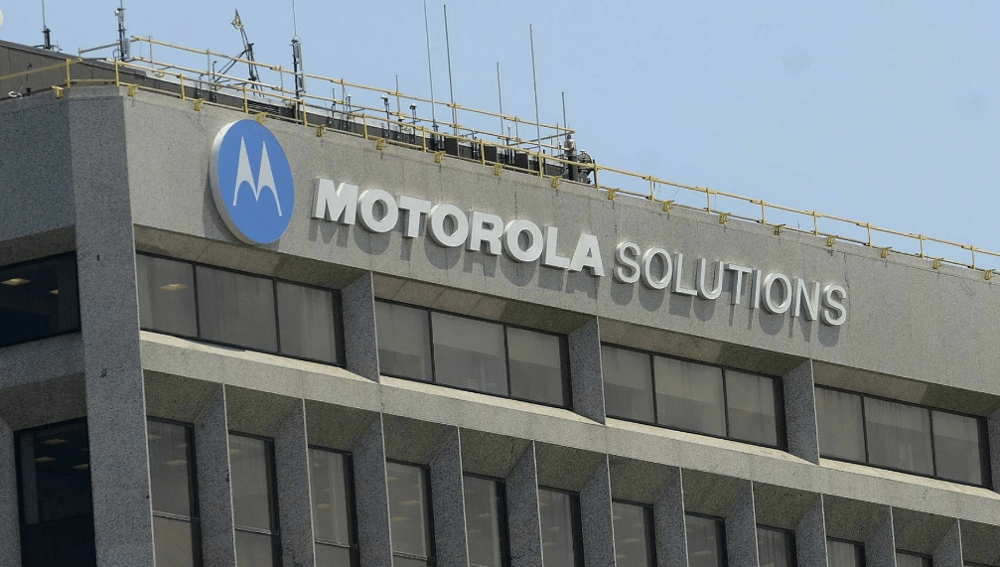
The Road Ahead for Motorola Solutions
The forecast adjustment signals a period of uncertainty for Motorola Solutions as it contends with the effects of rising tariffs and material costs. However, the company’s longstanding position in the market for mission-critical communication systems provides a strong foundation for future growth. With strategic adjustments, including focusing on high-margin products and cost control measures, Motorola Solutions may navigate these challenges effectively.
Moving forward, much will depend on how the U.S. and other global trade policies evolve. The company’s ability to maintain its market leadership will depend on how well it can manage the increasing costs and potential market slowdowns that are likely to result from these external pressures.
Conclusion
Motorola Solutions is currently grappling with rising tariffs and the broader economic challenges they bring. Although the company has revised its second-quarter profit forecast downward due to these pressures, its long-term outlook remains positive. By implementing cost-control measures, focusing on high-demand markets, and investing in innovation, Motorola Solutions aims to stay resilient in a rapidly changing economic environment.




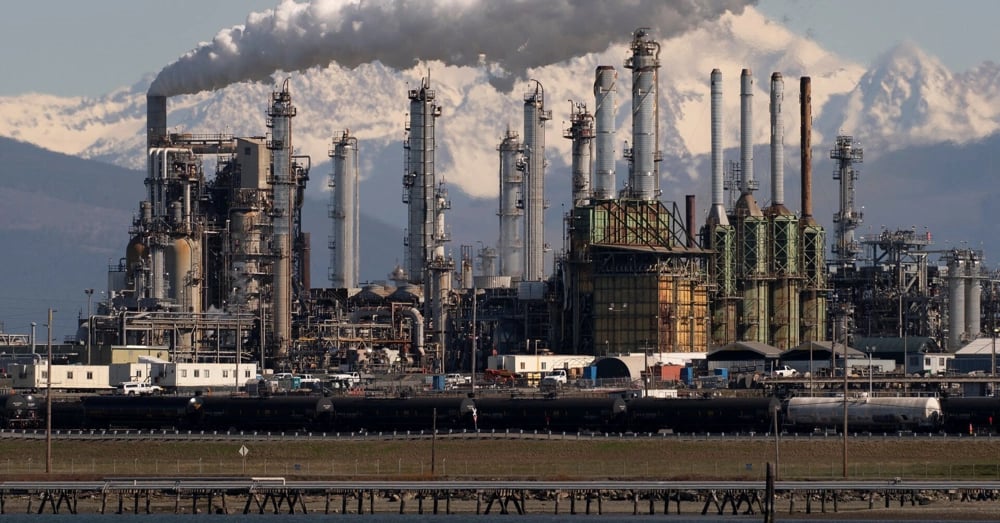




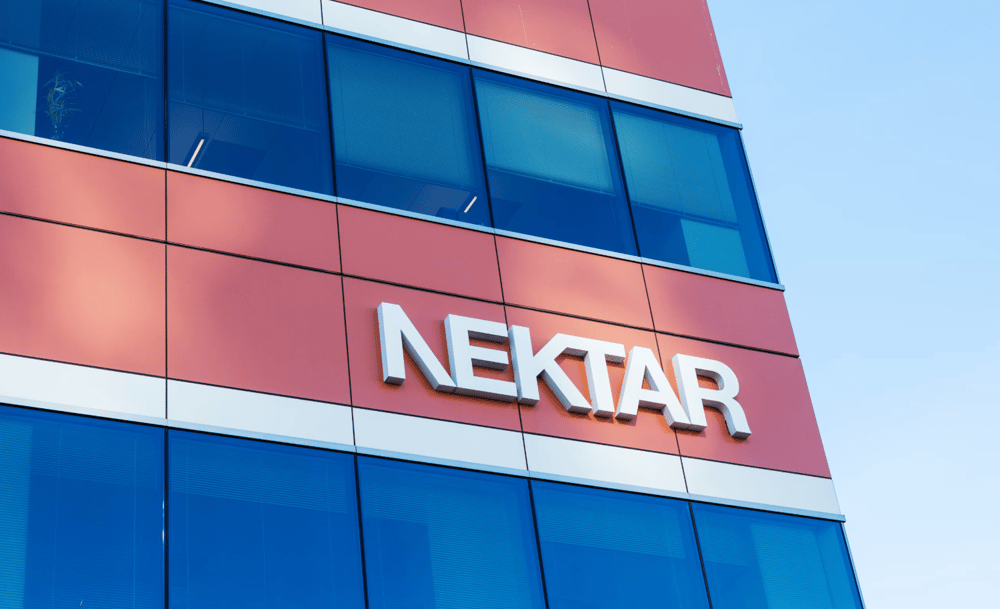

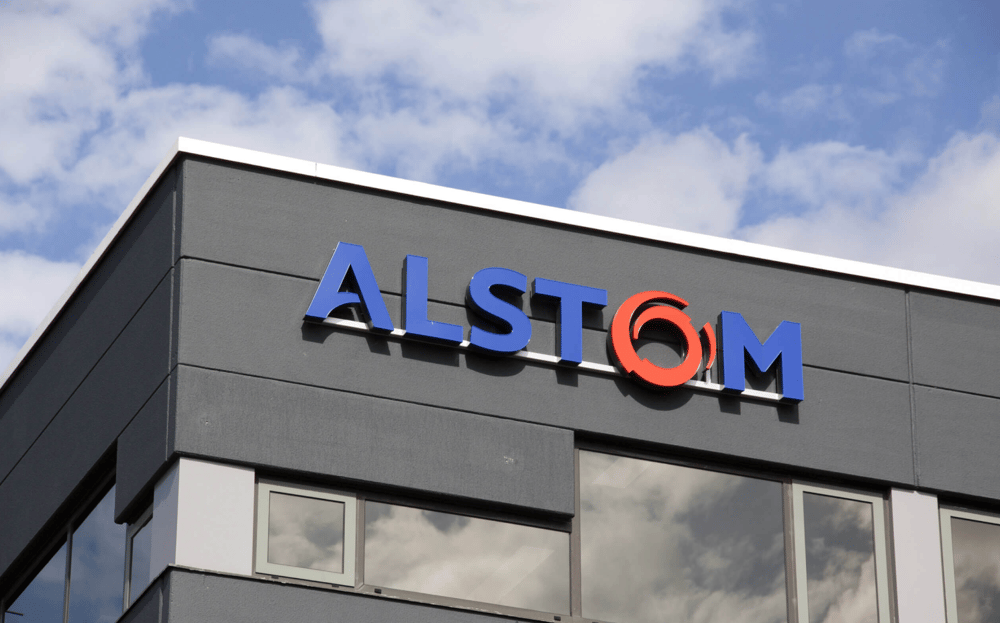

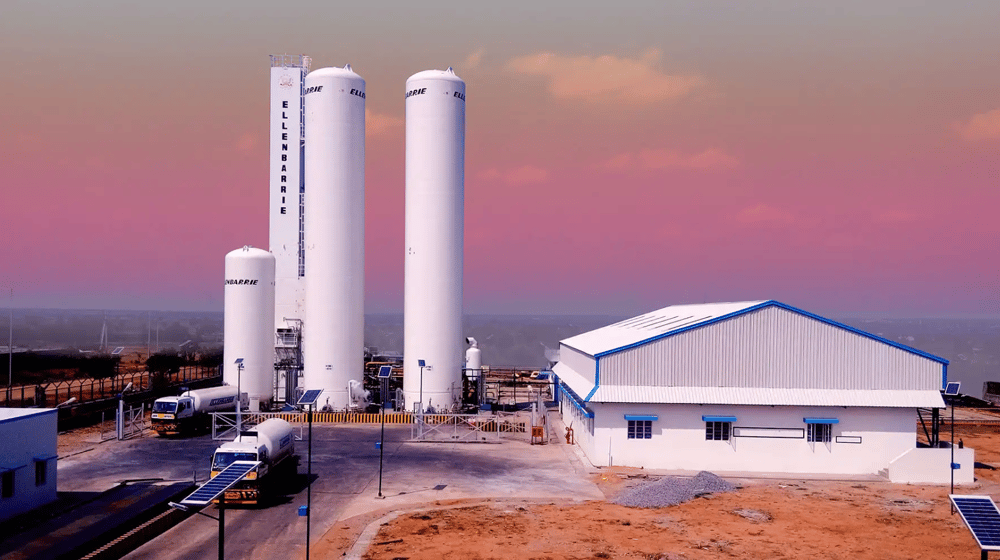

Comments
Strategic deals of this nature highlight the critical role forward-thinking finance plays in evolving technology